The 1970s gave us disco, punk, progressive rock, and some of the most enduring musical masterpieces of all time. But nestled among the genuine classics were those peculiar songs that critics panned, music snobs derided, and even casual listeners claimed to despise—yet somehow they’ve burrowed into our collective consciousness like musical parasites. These earworms have transcended their initial reception to become karaoke staples and road trip sing-alongs. They’ve survived decades of mockery to earn their place in pop culture permanence. So what dark magic makes these supposedly terrible songs so impossibly catchy? Let’s revisit the most notorious offenders that we love to hate but can’t stop singing.
1. “Escape (The Piña Colada Song)” by Rupert Holmes (1979)
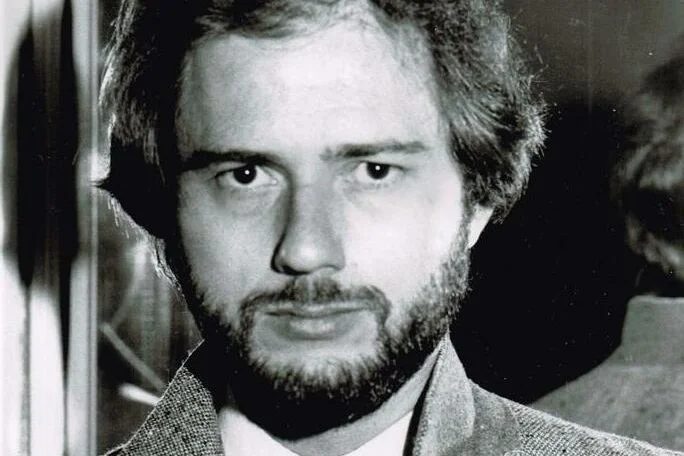
Music critics of the era dismissed this tale of would-be infidelity as trite, simplistic, and borderline offensive in its casual approach to cheating. The melody was considered pedestrian, and Holmes himself was labeled a one-hit wonder almost immediately. Contemporary reviews called it “musical junk food” and “the nadir of soft rock excess.” Classic Bands reflects on the ways Holmes defined the decade in ways no one else could.
Yet here we are, decades later, still belting out “If you like piña coladas and getting caught in the rain” at the slightest provocation. The song’s narrative twist—where both partners discover they’re cheating with each other—somehow transforms what should be relationship horror into feel-good nostalgia. Holmes himself has expressed surprise at the song’s endurance, noting that he doesn’t even drink piña coladas and initially called the song “Escape” to avoid what he considered a silly chorus. Despite everyone claiming to hate it, the song reached #1 on the Billboard charts and has appeared in countless movies, commercials, and playlists dedicated to guilty pleasures.
2. “Muskrat Love” by Captain & Tennille (1976)
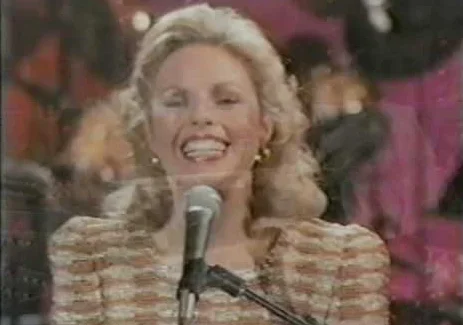
When a song about the romantic exploits of two semi-aquatic rodents hit the airwaves, music critics responded with unprecedented levels of revulsion. Rolling Stone called it “possibly the worst song ever recorded by a major label.” The fact that the song contains actual synthesized sounds meant to represent muskrats making love took the concept from merely bizarre to actively uncomfortable. Radio DJs openly mocked it while continuing to play it in heavy rotation. AL puts into perspective the unique, remarkable, and unexpected ways this song came together.
The inexplicable magic of “Muskrat Love” lies in its absolute commitment to its ridiculous premise. Toni Tennille’s earnest delivery of lines like “And as she nibbled on his ear, she whispered words so sweet” somehow transforms the absurd into the earworm. The song reached #4 on the Billboard charts despite critical revulsion, and Captain & Tennille even performed it at a White House dinner for Queen Elizabeth II—a fact that horrified political commentators but delighted the American public. Today, the song remains a karaoke favorite precisely because of its ridiculousness, proving that sometimes musical cheese ages into cultural gold.
3. “You Light Up My Life” by Debby Boone (1977)
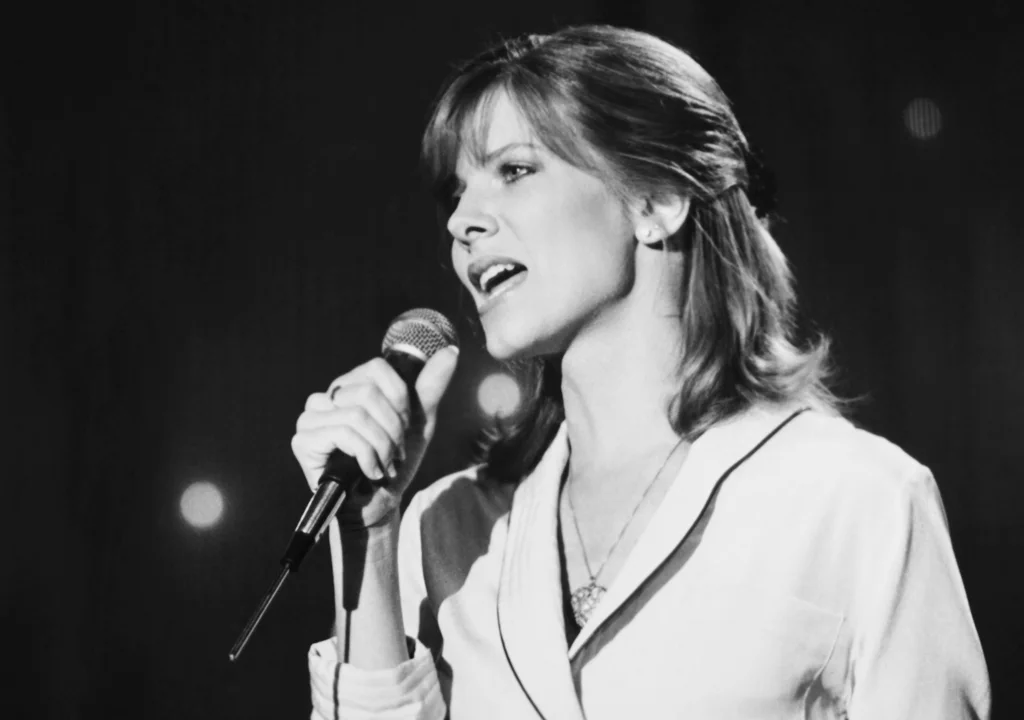
This saccharine ballad spent an unprecedented 10 weeks at #1 on the Billboard charts while simultaneously being denounced as the epitome of bland, emotionless easy listening. Music critics described it as “emotional manipulation in musical form” and “the soundtrack to a thousand dentist waiting rooms.” The song’s unrelenting earnestness and crescendo-heavy arrangement made it a favorite punching bag for rock purists who saw it as everything wrong with mainstream music. As proven on The Second Disc, this track is something music enthusiasts still want to pay earnest homage to.
Yet something about Boone’s delivery of the line “it can’t be wrong when it feels so right” carved a permanent neural pathway in the American psyche. The song won an Academy Award, a Grammy, and sold over a million copies despite being widely mocked. Decades later, it remains instantly recognizable from the first few notes, triggering spontaneous sing-alongs even among those who claim to despise it. Perhaps its staying power comes from its unabashed emotional sincerity in an increasingly cynical world—or maybe some melodies are just scientifically engineered to be unforgettable, regardless of quality.
4. “Afternoon Delight” by Starland Vocal Band (1976)
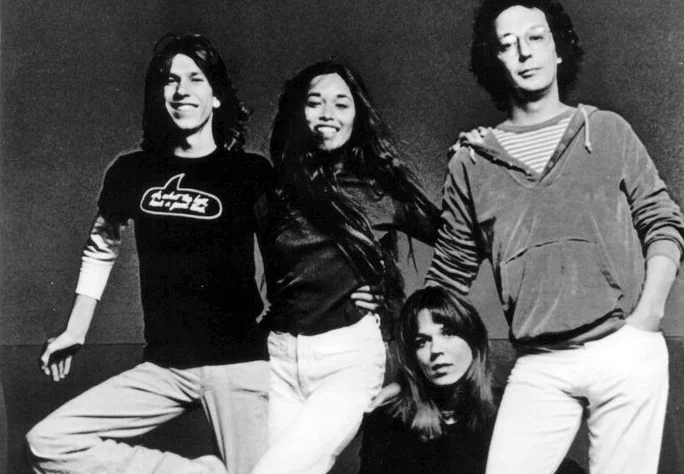
This seemingly innocent ode to midday romance fooled many listeners with its tight harmonies and breezy melody, while actually being one of the most thinly veiled songs about mature content ever to hit the mainstream charts. Critics called it “musical Velveeta” and mocked its wholesome packaging of decidedly unwholesome content. The band won the Grammy for Best New Artist but quickly faded into one-hit wonder status, with even the group members later expressing embarrassment about the song.
The diabolical catchiness of “Afternoon Delight” lies in its perfect storm of memorable harmonies and the psychological discomfort of realizing you’re enthusiastically singing about a nooner. The chorus hits a sweet spot of melodic satisfaction while the lyrics maintain just enough ambiguity to be played at family gatherings by unsuspecting DJs. The song has enjoyed an unlikely second life through ironic references in films like “Anchorman” and TV shows like “Arrested Development,” introducing new generations to its peculiar blend of vocal sunshine and lyrical sin. As band member Jeff Ramsey later admitted, “We’ve gone from being the most hated to somewhat of a beloved cultural reference point.”
5. “Playground in My Mind” by Clint Holmes (1973)
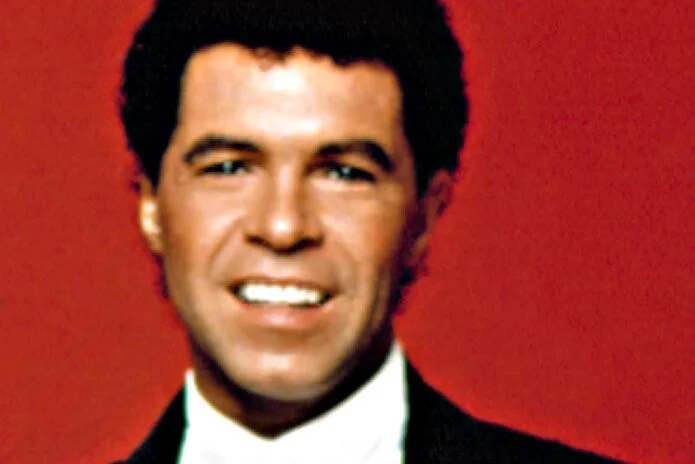
This treacly, childish tune featuring the repetitive chorus “My name is Michael, I got a nickel” was widely criticized for its cloying sentimentality and singalong children’s choir. Music journalists at the time called it “emotional blackmail set to music” and “a calculated attempt to exploit nostalgia through the cynical use of children’s voices.” The song’s structure, which builds to multiple repetitions of the same simplistic chorus, was considered the nadir of songwriting craft.
Yet something about that irritatingly catchy “my name is Michael” hook proved impossible to dislodge from the public consciousness. The song reached #2 on the Billboard charts despite critical disdain and has maintained a peculiar staying power. Radio DJs report that it remains one of the most requested “songs I haven’t heard in forever” across multiple markets. Its power seems to lie in its unabashed simplicity and the universal experience of childhood nostalgia—even as listeners recognize its manipulative sentimentality, they find themselves humming along almost against their will, proving that sometimes the most effective earworms are also the most obvious.
6. “Feelings” by Morris Albert (1975)
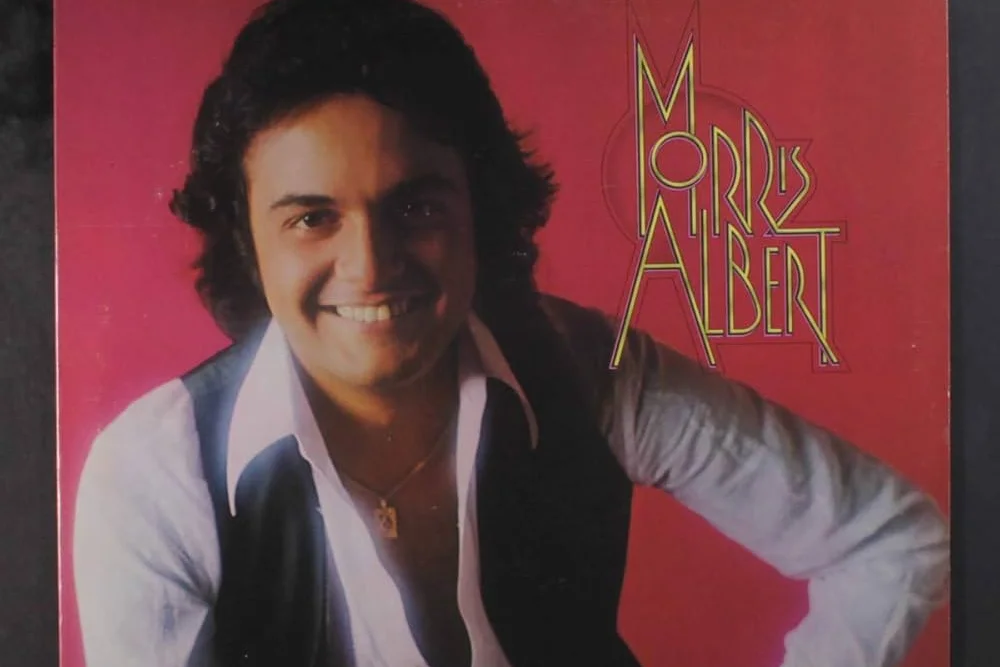
Perhaps no song better exemplifies the disconnect between critical reception and cultural staying power than this emotional ballad that music journalists universally panned as “the apex of schmaltz” and “a crime against musical taste.” The lyrics were criticized for their simplistic expression of generic emotions, and Albert’s passionate delivery was mocked as overwrought and melodramatic. The song became shorthand for musical bad taste throughout the late ’70s.
Yet “Feelings” achieved a peculiar immortality, becoming so ubiquitous that it transcended quality judgments to become an essential cultural reference point. The song has been covered or parodied hundreds of times, including memorable versions by The Muppets, Awkwafina, and Bill Murray. It’s become the go-to musical cue for scenes of cheesy lounge singers or emotional excess in film and television. Albert himself has embraced the song’s complicated legacy, noting in a rare interview that “to create something people still recognize 40 years later, even if they claim to hate it, is a kind of strange success.”
7. “Copacabana” by Barry Manilow (1978)
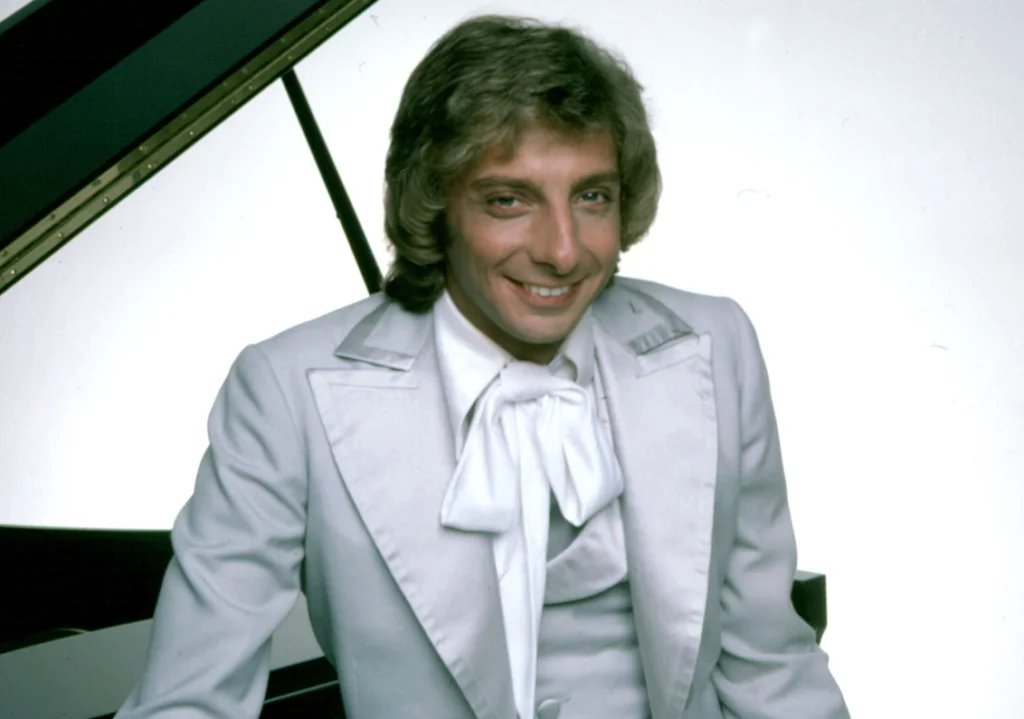
This disco story-song about passion and murder at the Copacabana nightclub was initially dismissed by critics as “musical theater masquerading as pop” and “disco for people who hate disco.” Manilow, already a polarizing figure in music, seemed to confirm his critics’ worst opinions with this melodramatic tale of showgirl Lola and bartender Tony. The song’s theatrical narrative and campy delivery made it an easy target for music purists who considered it the antithesis of authentic expression.
The genius of “Copacabana” lies in its complete commitment to its own absurdity—it’s essentially a three-minute musical packed with love, jealousy, violence, and yellow feathers in her hair. Its narrative structure makes it impossible to forget once you’ve heard it, lodging both story and melody in your brain permanently. The song has enjoyed multiple revivals, including becoming a Broadway musical and a staple of ’70s themed parties. Manilow himself has embraced its status, often closing concerts with it as his most recognizable hit. As music critic Chuck Klosterman later noted, “Hating Barry Manilow became so expected that eventually it became unexpected to unironically enjoy him”—a cultural reversal that has cemented “Copacabana” as a guilty pleasure classic.
8. “Disco Duck” by Rick Dees (1976)
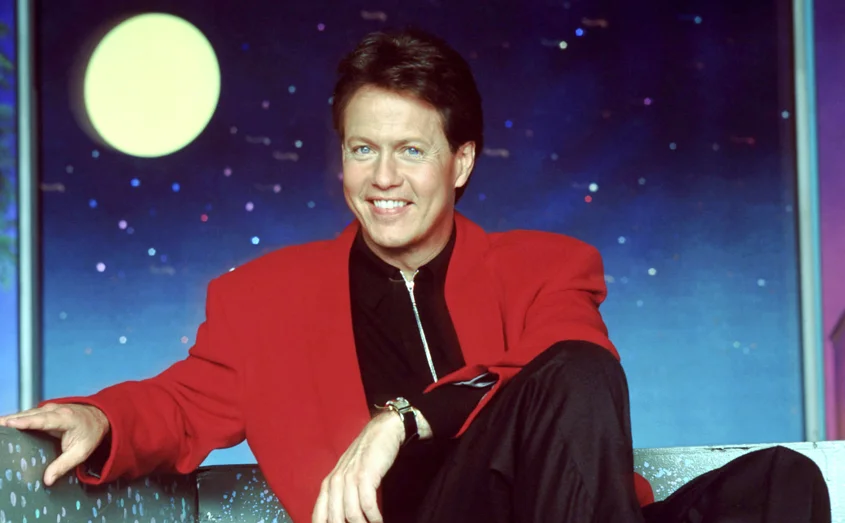
This novelty disco song featuring a Donald Duck impersonator was widely regarded as the lowest point of the disco era, a cynical cash-grab that exploited a musical trend with the cheapest gimmick imaginable. Music critics called it “an insult to both disco and waterfowl” and “proof that popular taste had reached its nadir.” The fact that it was created by a radio DJ as a joke only to become a legitimate hit only increased the musical establishment’s disdain.
Despite its critical drubbing, “Disco Duck” reached #1 on the Billboard charts and sold over four million copies. Its earworm status seems to derive from its sheer absurdity—the contrast between the driving disco beat and the ridiculous duck vocals creates a cognitive dissonance that makes it impossible to forget. The song has enjoyed an unlikely afterlife as both a nostalgic reminder of disco’s excesses and as a genuine cultural artifact, being featured in “Saturday Night Fever” (albeit briefly) and countless documentaries about the era. Even Dees himself seems amazed by its endurance, having built a successful radio career despite—or perhaps because of—this feathered albatross around his neck.
9. “You’re Having My Baby” by Paul Anka (1974)
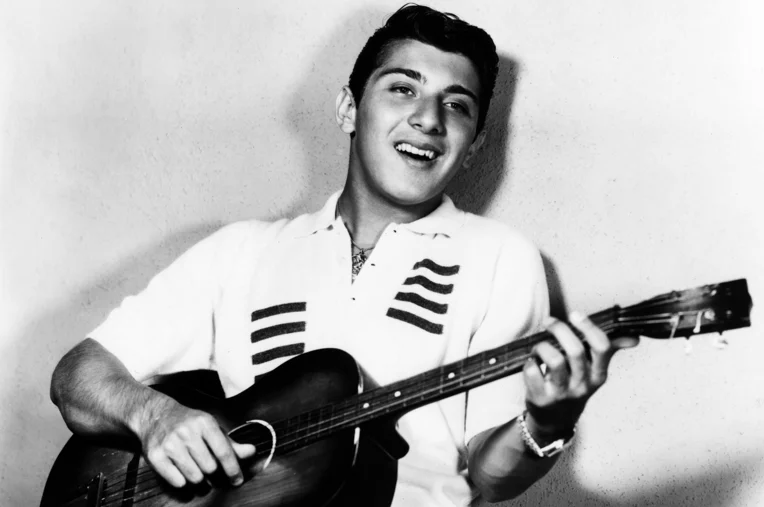
This earnest ode to impending fatherhood was immediately controversial upon release, with critics lambasting its dated gender politics and saccharine sentimentality. Ms. Magazine named it one of the most uniquely romantic songs of all time for its possessive framing and lyrics like “you could have swept it from your life, but you wouldn’t do it.” The melody was criticized as manipulative and the production as heavy-handed, with Anka’s emotional delivery described as “performative sincerity.”
Yet something about the song’s unabashed emotionality and simple, direct chorus made it impossible to forget once heard. The song hit #1 on the Billboard charts despite the controversy and has remained in the cultural conversation far longer than many of its contemporaries. Its staying power seems to derive from its perfect encapsulation of a specific moment in time—the song feels like a musical time capsule of mid-’70s values and production techniques. It continues to appear in period films and television shows precisely because it so perfectly captures the era’s particular blend of sentimentality and melodrama, embodying a cultural moment even as listeners recognize its problematic elements.
10. “Seasons in the Sun” by Terry Jacks (1974)
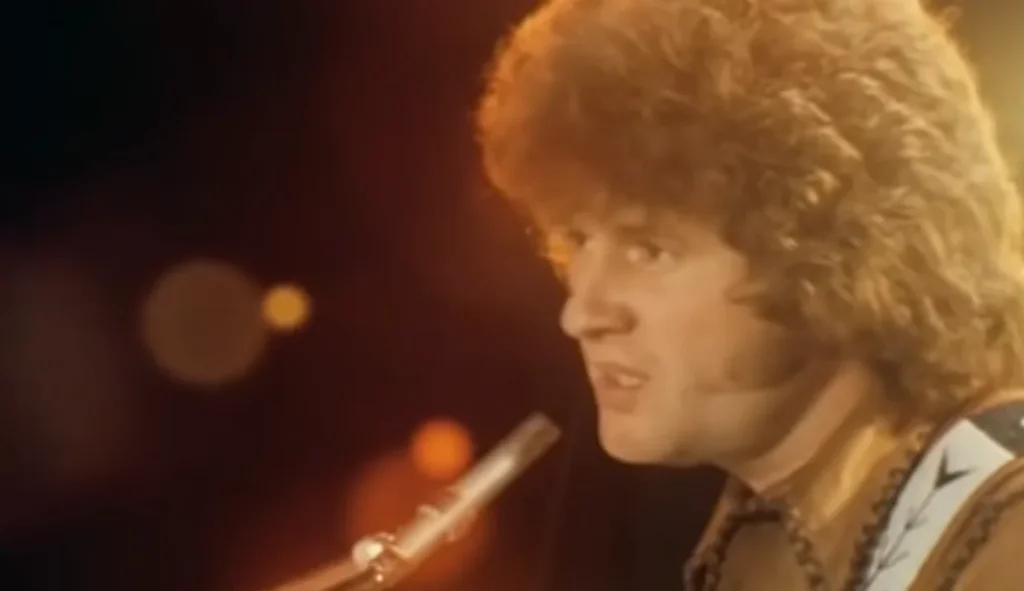
This sentimental deathbed farewell song was derided by critics as “emotional pornography” and “misery exploitation set to music.” The contrast between the upbeat melody and the morbid lyrics about saying goodbye before dying young was considered manipulative and in poor taste. Music journalists mocked its simplistic rhyme scheme and overtly emotional delivery, with one famously writing that it “achieves the impressive feat of making death itself seem trite.”
Despite critical disdain, the song topped charts worldwide, selling over 10 million copies and becoming one of the decade’s biggest hits. Its earworm status seems to derive from the stark contrast between its cheerful tune and grim subject matter—the cognitive dissonance creates a unique listening experience that lodges in memory. The song has been covered dozens of times and continues to appear in film and television as shorthand for the particular brand of emotional manipulation characteristic of ’70s pop. As music historian Craig Werner noted, “It’s the song everyone claims to hate but can still sing word for word decades later—which suggests that it tapped into something genuine, however uncomfortable we are admitting it.”
11. “Convoy” by C.W. McCall (1975)
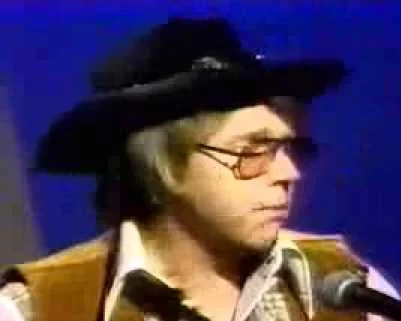
This novelty song about truck drivers using CB radio to organize a massive convoy was dismissed by critics as “the perfect storm of musical gimmickry”—combining the CB radio fad with country music tropes and a spoken-word narrative filled with trucker slang that many listeners couldn’t even fully understand. Music journalists mocked its formulaic construction and predicted it would disappear as quickly as the CB radio trend that inspired it.
The song’s unlikely staying power came from its creation of an entire self-contained world with its own language, characters, and mythology—from “Rubber Duck” to “Pig Pen” to the “bears” (police) they were evading. The chorus of “Convoy” proved impossible to forget, and the phrases “10-4” and “good buddy” entered the lexicon largely through this song’s popularity. It reached #1 on both country and pop charts, inspired a major motion picture, and has been referenced in everything from “The Simpsons” to modern country songs. Its cultural fingerprints remain visible nearly five decades later, teaching new generations to “put the hammer down” and keeping CB lingo alive long after the technology itself became obsolete.
11. “Daddy Don’t You Walk So Fast” by Wayne Newton (1972)
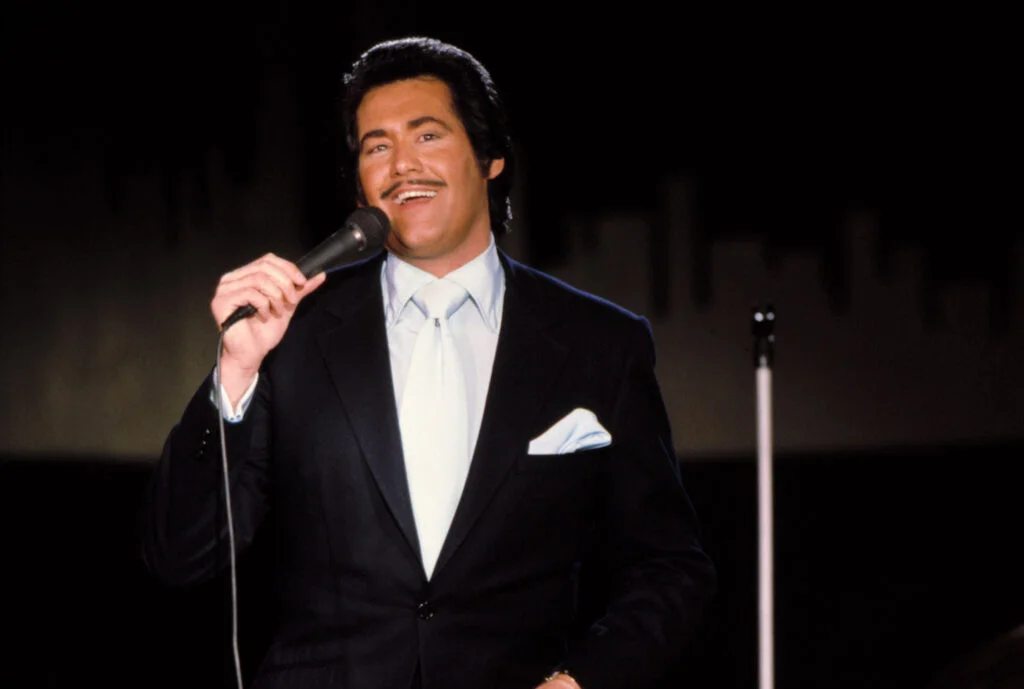
This melodramatic tale of a child chasing after her departing father during a marital separation was widely mocked by critics as “emotional manipulation of the lowest order” and “a three-minute guilt trip set to strings.” Newton’s earnest delivery of lines like “Daddy, don’t you walk so fast” spoken from a child’s perspective was considered a cynical attempt to exploit parental emotions. The arrangement was dismissed as formulaic and the narrative as simplistically sentimental.
Yet the song reached #4 on the Billboard charts and has maintained a peculiar cultural longevity, particularly among listeners who were children during the era of its popularity. Its earworm quality seems to derive from the simple, direct chorus and the universal emotional pull of family separation—even listeners who recognize its manipulative qualities find themselves affected by its straightforward appeal to parental guilt. The song continues to appear on ’70s compilation albums and has been used in film and television as the quintessential example of the era’s particular approach to emotional ballads. Newton himself has acknowledged the song’s complicated legacy, noting that “sometimes the songs people claim to hate are the ones they remember most clearly.”
12. “Billy, Don’t Be a Hero” by Bo Donaldson and the Heywoods (1974)
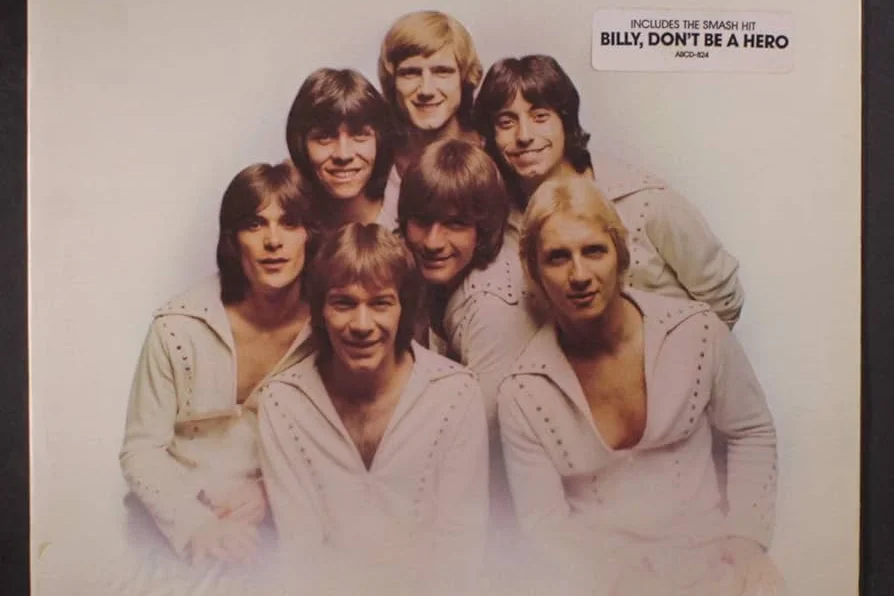
This anti-war narrative disguised as a pop song was criticized for trivializing the Vietnam War with its simplistic storyline and catchy chorus. Music journalists called it “war commentary for people who don’t want to think about war” and “musical bumper sticker activism.” The contrast between the upbeat arrangement and the ultimately tragic lyrics (where Billy dies in battle after ignoring his fiancée’s plea) was considered emotionally manipulative and artistically shallow.
Despite critical disdain, the song topped the charts and has maintained an unusual cultural staying power, partly due to its earworm chorus that makes it impossible to forget once heard. The simple, direct command “Billy, don’t be a hero” lodged in the public consciousness, becoming a catchphrase divorced from its original context. The song has appeared in numerous Vietnam-era period pieces and documentaries about the music of the era, achieving a peculiar immortality that transcends judgments about its quality. As cultural critic Steven Hyden noted, “It’s precisely these songs—the ones we claim to hate but can’t stop singing—that often reveal the most about our collective psyche.”
13. “I Will Survive” by Gloria Gaynor

Gloria Gaynor’s “I Will Survive” became an anthem for empowerment and resilience, even though it initially wasn’t taken seriously. Critics mocked it as another disco ballad, but the song’s powerful message and infectious chorus won it a spot in pop culture history. Despite the initial eye rolls, it became a rallying cry for anyone overcoming adversity—whether it was a breakup or personal challenge. The triumphant declaration of survival struck a chord with listeners everywhere.
The song’s empowering lyrics and danceable beat made it an instant classic. It’s not just a disco anthem; it’s a song that continues to inspire listeners to overcome their struggles. Even today, when it plays, the crowd can’t help but sing along with every word. It’s a song that was once dismissed, but now it’s impossible to imagine a world without it.
14. “Hot Blooded” by Foreigner
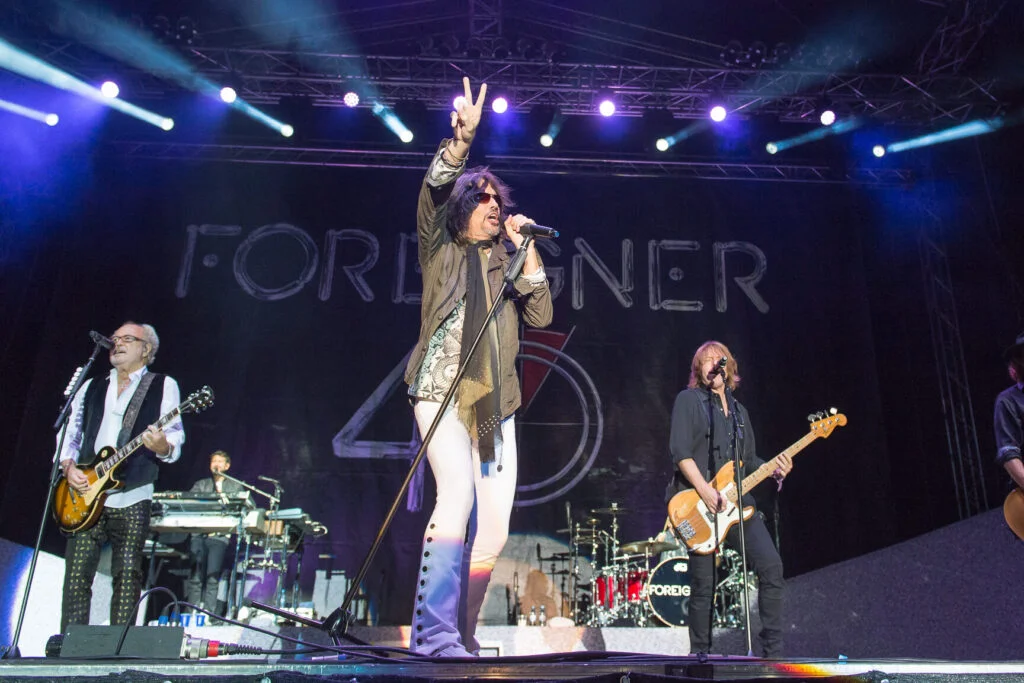
“Hot Blooded” by Foreigner was released in 1978 and instantly became a staple of classic rock radio. Critics were divided on the track, some labeling it as a bit too repetitive, while others embraced its fiery energy. The song’s catchy riff and frontman Lou Gramm’s soaring vocals made it an anthem for the ’70s rock scene, and its lyrics about burning passion and desire struck a chord with listeners. Even as time passed, the song continued to get airplay, despite its seemingly simplistic structure.
What makes “Hot Blooded” so unforgettable is its sheer energy. It was a hit because it captured the raw enthusiasm of the era and offered something that people could play loudly at parties or while cruising down the highway. It’s a quintessential ’70s rock song, and while it might be a little over the top, that’s exactly why it’s still so fun to sing along to today.
15. “Y.M.C.A.” by Village People
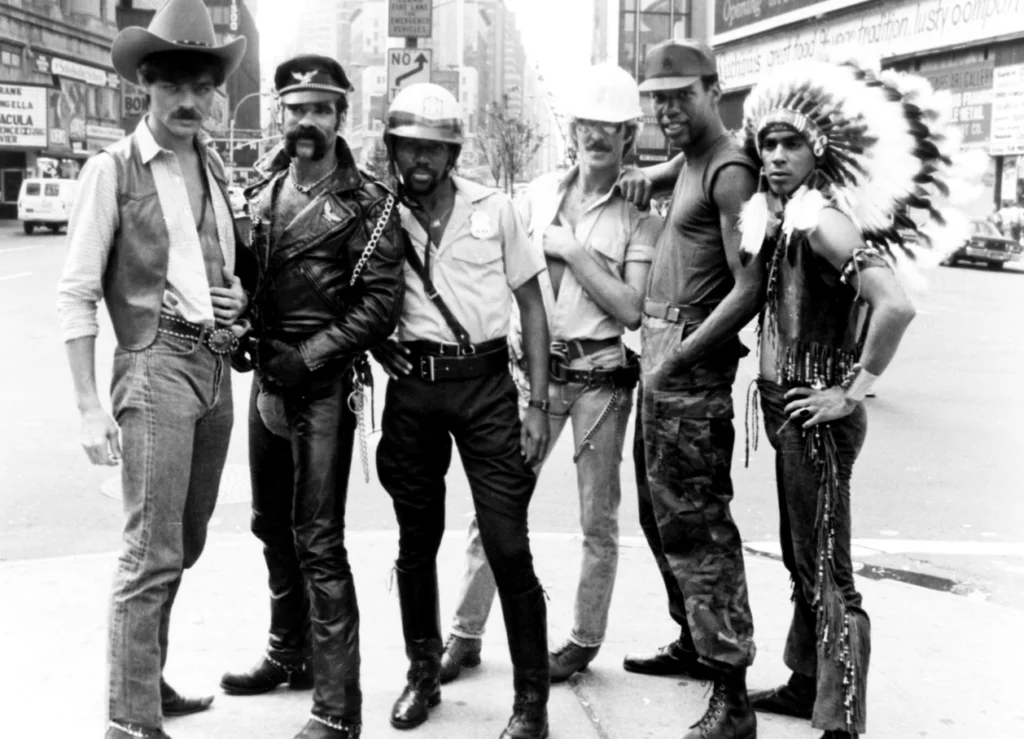
“Y.M.C.A.” by Village People was one of those songs that critics tried to ignore for its overt campiness, but it couldn’t be stopped. Released in 1978, the song’s infectious melody and fun lyrics made it a disco anthem despite some critics deeming it shallow or frivolous. The easy-to-learn dance moves that accompanied it helped solidify its place as a cultural phenomenon. It was widely regarded as a guilty pleasure—something that was fun to sing along to but not necessarily taken seriously.
Despite the critics, “Y.M.C.A.” became a timeless party anthem, and it’s hard to imagine a wedding or sporting event without it. The song’s irrepressible energy and inclusivity continue to resonate with new generations. Its catchy chorus and playful spirit make it one of those songs that you can’t help but get up and dance to, even if you’re just singing along with friends on a night out.
16. “The Gambler” by Kenny Rogers
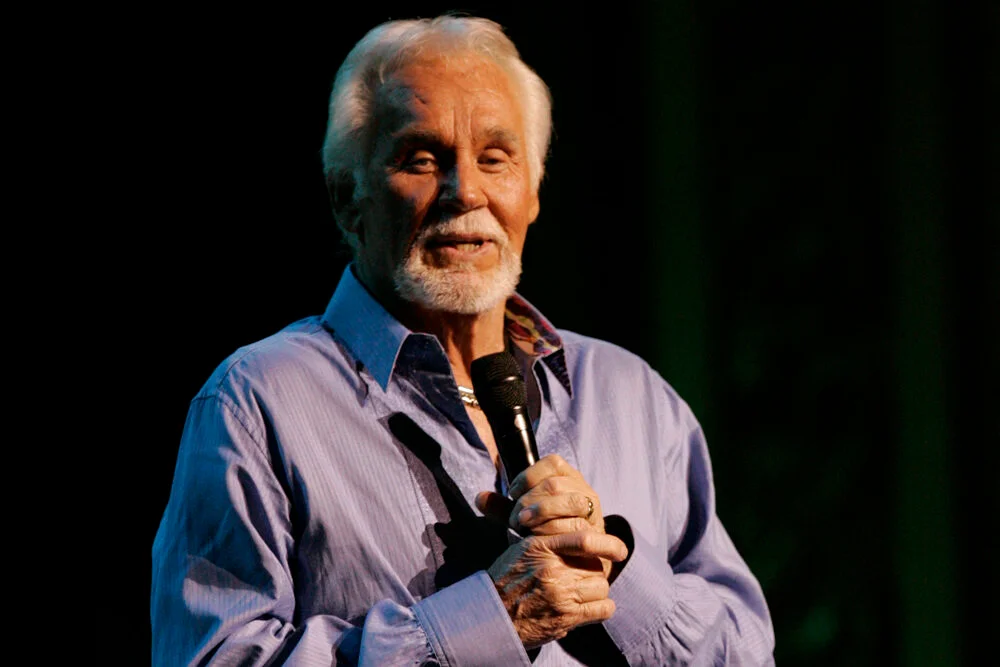
Kenny Rogers’ “The Gambler” was released in 1978 and quickly became one of country music’s most iconic songs, despite its critics who dismissed it as too simplistic and cliché. The song tells the tale of a wise, weathered gambler offering life advice, and it was often mocked for its overly sentimental, almost preachy lyrics. Yet, its catchy chorus and easy storytelling made it a hit with audiences across generations. It became a sing-along favorite at karaoke bars and parties, with people drawn to its down-home wisdom and memorable hook.
What makes “The Gambler” so enduring is its universal message: knowing when to hold ’em, fold ’em, and walk away. It’s a song that doesn’t just apply to gambling—it’s about life’s challenges and making tough decisions. Over time, it’s earned a special place in pop culture as a song that brings people together, whether for its infectious melody or its earnestness. The simple yet powerful storytelling ensures that “The Gambler” remains a song we can’t stop singing.
17. “The Hustle” by Van McCoy
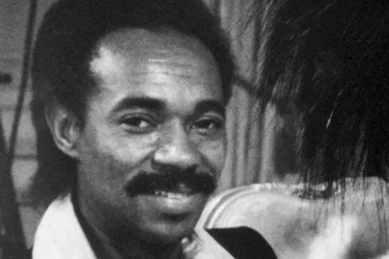
“The Hustle” is another disco anthem that was initially mocked for its repetitive beat and silly dance moves. Critics claimed it was too commercial and lacked any real substance, but its irresistible groove made it a hit. The song’s association with the popular dance craze gave it staying power, and it quickly became a classic of the disco era.
Its infectious rhythm and carefree vibe made it an essential track on any disco playlist. The Hustle’s blend of danceable beats and playful energy made it a song that, despite its critics, has remained a fun, nostalgic favorite for decades.
18. “The Way We Were” by Barbra Streisand
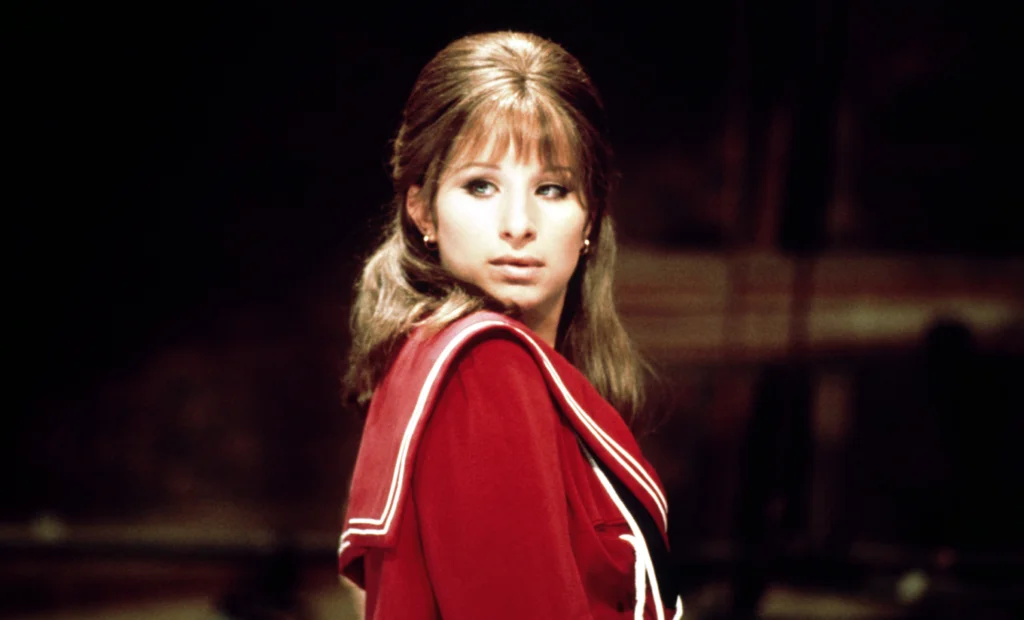
Barbra Streisand’s “The Way We Were” was often dismissed as too sentimental and overly dramatic, but its beauty and emotional depth won over listeners. The song became a symbol of longing, nostalgia, and the passage of time. Despite initial criticism for its over-the-top sentimentality, the song’s message and Streisand’s soaring vocals made it a lasting classic.
The song’s bittersweet tone resonates with anyone reflecting on lost love or the passage of time. It’s a song that transcends eras, touching something deep in the human experience. Though it was criticized for being overly emotional, it has become an iconic ballad that will forever be part of pop culture.
What these musical curiosities share isn’t quality in any traditional sense, but rather an indefinable quality that bypasses our critical faculties and burrows directly into our memory centers. They represent a peculiar category of cultural artifact—the things we collectively pretend to disdain while secretly cherishing. Perhaps in an era of carefully curated playlists and algorithmic recommendations, there’s something refreshingly honest about these unapologetically catchy songs that make no pretense of artistic merit. They remind us that sometimes the heart wants what it wants—even when what it wants is a disco song about a duck or a sentimental ballad about muskrats in love. So the next time you find yourself belting out “Copacabana” in the shower or humming “Escape” in the grocery store, remember: resistance is futile. These songs have survived decades of mockery through sheer force of catchiness, and they’ll likely outlive us all.


